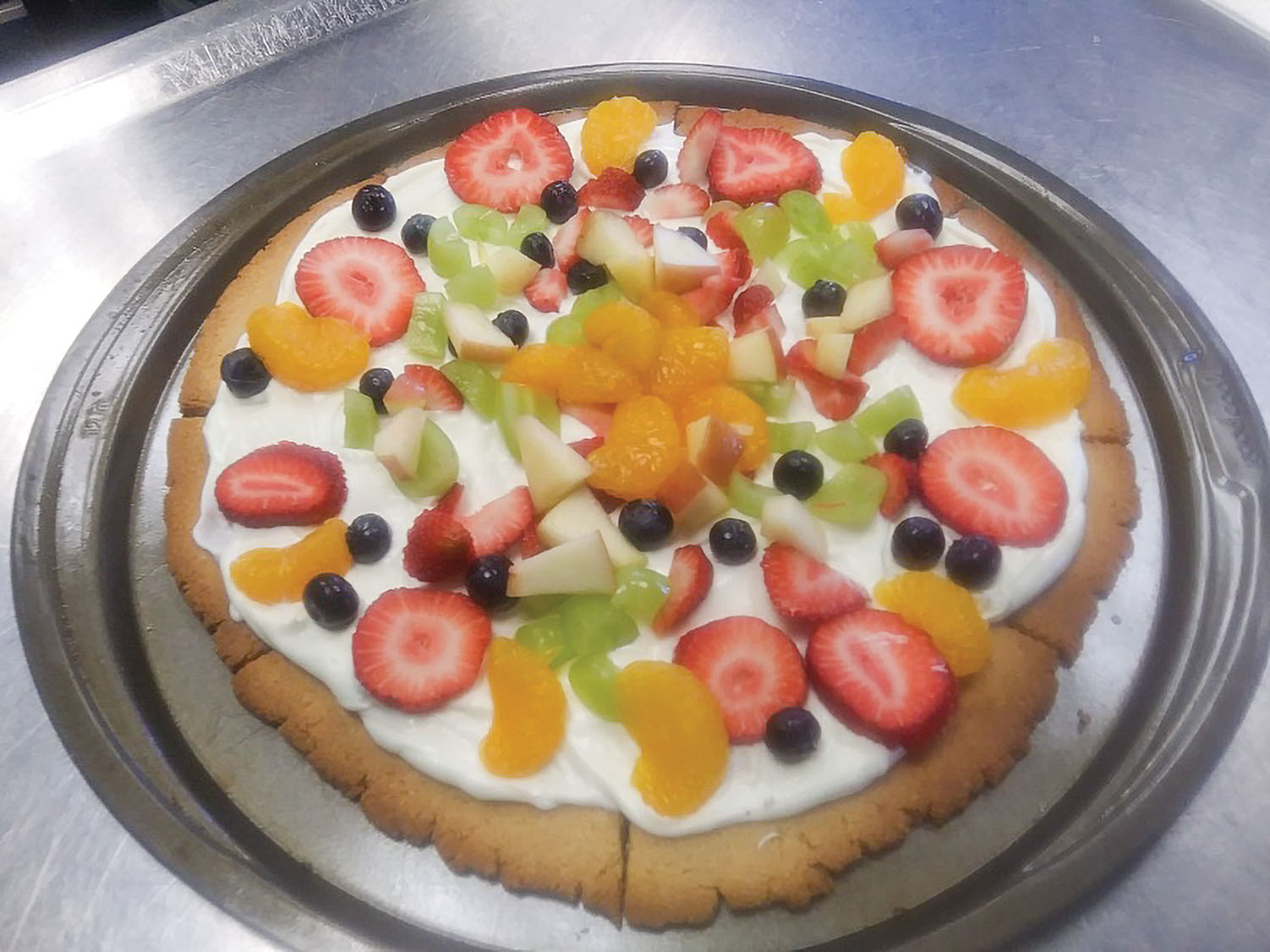Even though we like to eat our fresh fruits and vegetables year-round, the best time to consume them is the month they have been harvested. Have you ever had out-of-season produce? Out-of-season produce most likely has been transported a long distance, and therefore tastes bland. If it was transported, you know it was picked early. Your seasonal fruits and vegetables are much tastier and more nutritious. Here is a rough guide of seasonal fruits and vegetables, followed by a few nutrient tips.
Spring—strawberries, spinach, scallions, avocado, morel mushrooms, lettuce.
Summer—watermelon, tomatoes, zucchini, blackberries, blueberries, cauliflower, peppers.
Fall—apples, butternut squash, sweet potatoes, broccoli.
Winter—collard greens, citrus fruits, radish and kale.
However, this does not include all your fruits and vegetables; it is a quick, basic guide. Remember, you can enjoy the taste of any produce year-round, fresh, frozen and even canned. While it is great to have fresh fruits and veggies, winter weather prevents us from doing that. As your fresh produce ages, it will lose nutrients. Your canned or frozen vegetables are processed shortly after being harvested, but the processes of canning and freezing are likely to give you less nutritional value. Your canned fruits and vegetables may have a lot of sugars and sodium added. Your frozen produce is blanched (quickly cooked in hot water), and that will affect your nutritional value.
Speaking of nutritional value, here are a few nutrient tips involving vitamins. I always like to know what type of vitamin I am getting with which fruit or vegetable, and what it does for my body. For instance, your orange and yellow fruits and vegetables contain high amounts of vitamin A. Vitamin A is good for healthy vision and skin. Did you know strawberries, tomatoes and broccoli are a great source of vitamin C? Vitamin C is necessary for the growth and repair of body tissue.
Now let’s talk about another tip. Just the other day, I had a severe leg cramp. And as I was painstakingly waiting for the leg cramp to go away, I was thinking, gosh, I drink plenty of water and eat potassium-rich food such as bananas. What the heck is wrong? My research not only mentioned potassium but stated Vitamin D and vinegar help ease muscle cramps. A rich source of vitamin D comes from the sun, and any kind of vinegar is good for muscle cramps. Even vinegar juice from pickles can help muscle cramps. And boy does it ever! The vinegar from pickle juice took the pain right away and fast!
Always eat your fruits and vegetables. They are an important source of many nutrients. According to the USDA, people who eat fruit and vegetables in their daily diet generally have a reduced risk of chronic diseases.
Given that bit of information, here is a recipe for a tasty fruit pizza. The fruit pizza crust can be made with already prepared cookie dough purchased from the store. All you have to do is roll the dough out like you would a pie crust. You can make this fruit pizza with any cookie dough, from your basic chocolate chip cookie dough to your grandma’s favorite sugar cookie recipe.
The recipe I am giving you is a Keto cookie dough. I enjoy Keto cooking because it has low carbohydrates and low sugar. This fruit pizza tastes fantastic. You would never guess it is a low-carbohydrates, low-sugar desert. It is made from almond flour, which is a little more expensive. When purchasing almond flour for a dessert recipe, be sure to buy the “fine” almond flour. Please enjoy the recipe.
Low-Carb, Low-Sugar Fruit Pizza
Crust Ingredients: (Or your favorite cookie dough!)
12 inch pizza pan
3 cups almond flour
½ cup artificial sweetener (non-liquid)
1 teaspoon baking powder
¼ cup melted butter
2 ounces softened cream cheese
1 large egg
½ teaspoon cinnamon
1 teaspoon vanilla
Topping Ingredients:
6 ounces cream cheese
½ cup artificial sweetener
Desired amount of cut up fruit such as strawberries, pineapple, blueberries, apples, kiwi and oranges.
Directions:
Preheat oven to 350 degrees. Spray the bottom of a pizza pan with a non-stick cooking spray. Mix together the almond flour, baking powder, flour and artificial sweetener. Stir in melted butter, cream cheese, egg and vanilla. Mix until it pulls from sides of bowl and forms into a dough ball. (Note: If you are using purchased cookie dough, just form into a dough ball and follow the rest of these directions.) If using any other homemade cookie recipe you may have to add a bit more flour to make it more like dough.
Now for the tricky part! Tear off approximately 18 inches of wax paper. Place that on top of a cutting board. Put your dough ball in center of wax paper and add another piece of wax paper on top of that. Gently flatten dough into a circle. Using your rolling pin, pretend the dough is a clock. Starting at the center of your dough, roll to 12, then down to 6. Starting in center again, roll to 3 then to 9. Keep doing this till your dough is about ¼ an inch thick. If your dough is not in a good circle, pull the top layer of wax paper off and gently shape your dough back into a circle. Replace wax paper and continue to roll. Do not make it too thin.
Now to get the dough onto your sprayed pizza pan. remove the top layer of wax paper. Place your pizza pan on top of your dough. Lift cutting board with dough on it (while also holding the pizza pan) and flip over so your dough will be on your pizza pan. Remove other layer of wax paper. Now cut your dough like you would a pizza. Bake for 10 minutes. Cool. For the topping, mix artificial sweetener with cream cheese and spread over crust. Top with your fruit!
Caption for photo: Low-Carb, Low-Sugar Fruit Pizza.




